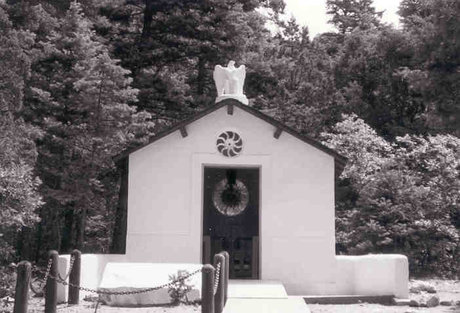Welcome!
The DHLSNA is a non-profit academic organization interested in D.H. Lawrence and all his works--poetry, fiction, drama, essays, travel writing, literary criticism, painting, and letters; in scholarship on Lawrence; and in creative works inspired by him. Anyone may join.
Unsure of your membership status? Check the Roster.
What's New?


|
News & Conference Announcements
* Call for Papers for the 16th International D.H. Lawrence Conference: Lawrence in Mexico: Travel, Translation, and Transcultural Representation. Universidad Nacional Autonoma de Mexico (UNAM), Mexico City, August 11-15, 2025. Send an abstract in English or Spanish of 250-300 words to Prof. Adam Parkes (University of Georgia, USA) at aparkes@uga.edu. Deadline: June 15, 2024. For More Info * Graduate Student Virtual Conference in DHL Studies (via Zoom): "Lawrence & Ecology," (Sat. May 18, 2024). Abstracts to be sent to Benjamin Hagen by March 30. No conference fee but DHLSNA membership is required to present. For more info see Conference page. * Deadline submission for the 2025 MLA in New Orleans has been extended to March 31, 2024. See Conference page for more info. It is not too late to submit an abstract! * The New Year brings on the Membership Renewal Period. Please check the Roster page to see if your membership is lapsing. Dues can be paid from the Join page. * Volunteer needed to co-ordinate the DHL panel for the 2024 SAMLA Conference. The 2024 SAMLA Conference will be in Jacksonville, FLA, November 15-17, 2024. Anyone interested in doing the 2024 SAMLA panel please contact: Ron Granofsky at granofsk@mcmaster.ca
* Mark your calendars for August 11-15, 2025, for our International D. H. Lawrence Conference in Mexico City, sponsored by the CCILC and the DHLSNA!
* Call for Papers: 37th International Lawrence Conference (Paris Nanterre, April 25-27, 2024): Deadline for proposals is Nov. 10. More info posted. * MLA 2024 in Philadelphia, PA (Jan 4-7, 2024): "DHL and Affect/ Emotions/ Feelings" For more info see the Conference page. Also includes info on a proposed Joint Panel: "Joys and Sorrows of Attachment: Dickens and Lawrence" * Web-Update: The D.H. Lawrence Review website has gotten a modern makeover created by its new webmaster, Jeff Brackett (retaining its same web address: https://www.dhlawrencereview.org/). News from the D.H. Lawrence Ranch Initiatives Fund
Happy Hour Zoom, CCILC, DHLR, & Training Manual We have several new webpages including information regarding our Series of Happy Hour Zoom presentations, the Co-ordinating Committee for International Lawrence Conferences (CCILC), a link to the DHLR website, and an Officers Training Manual (a work-in-progress) to help ease the transition between terms of office and to maintain continuity for our robust organization. With all the duties being integrated through the DHLSNA website, it makes sense to facilitate the learning curve by providing procedural instruction, computer tips, and timelines for the various roles. This will be an on-going project since we are still learning the simplest and most efficient means of running our organization electronically. We hope that all our officers will contribute their experience to help guide their successors. Newsletter Archive Open The DHLSNA Newsletter Archive has been opened to the general public. Created by our Newsletter editor, Julie Newmark, this handy reference contains back-issues dating from 1980 through last year. The current year's issues will still be reserved for members only. Links to the 2019 Newsletters are available in the Directory section after login. For the latest issues, join today! Website Additions * Some new website resources have been added to the Links page including the Salisbury House Blog "D.H. Lawrence: A Manuscript Mystery." *Photo Request* for the International Lawrence Conferences in Sydney, Australia, and Gargnano, Italy Please submit any digital photos from the conferences or excursions that you wish to share with our members to Tina Ferris. They will be used to create a members-only Gallery page (coming soon) or for the newsletter.
|

This turquoise horse was used as the logo for the Santa Fe International Lawrence Conference (2005), courtesy of David Barnes.
"Dear old Azure Horse, Turquoise Horse, Hobby Horse, Trogan Horse with a few scared heroes in your belly; Horse, laughing your Horse Laugh, you do actually ramp in with a bit of horse sense. I'm all for horse sense, O Horsie!"--D.H.L.
(From "Dear Old Horse, A London Letter," in Mornings in Mexico and Other Essays, CUP, p. 137)





